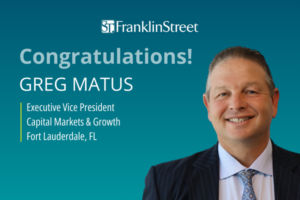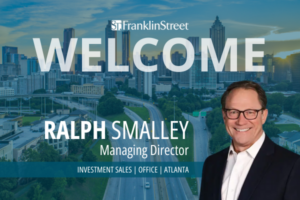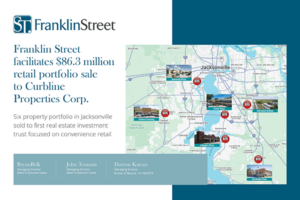A new generation wants to be urbanites and rent rather than own, and Miami’s evolution into a global city is attracting condo buyers from around the world. These are two of the fundamental forces keeping both the rental and for-sale residential markets in South Florida strong, according to our speakers at Bisnow’s 4th annual South Florida Residential Development event yesterday.
One significant advantage Miami has over other residential markets is its evolving urban core, which has more amenities and a broader range of cultural features, and is more walkable and transit-oriented than it used to be, our speakers explained. (Brickell, for instance, has a Walk Score in the high 80s to the low 90s.) Walkability is an important aspect of urban life, and especially crucial in making mixed-use and large-scale development work. People want restaurants, parks, gyms and other amenities within walking distance, and as the city grows, they’re getting them.
One of the strongest challenges for the rental market going forward, our speakers said, is that Miami—and even Broward and Palm Beach to some extent—is a pricey market. As a percentage of income, a lot of renters are paying closer to 40% rather than the more traditional 30%, and in such an environment, further rent growth isn’t sustainable without income growth. The question now is: Can renters’ wages keep up with the cost of new development product? Snapped: Franklin Street regional managing partner Greg Matus
There has been an influx of better-paying jobs into South Florida recently as Miami becomes more of an international city, our speakers said, so it’s possible that growth will help sustain new market-rate residential development. By contrast, it’s going to remain difficult to undertake affordable housing in the region regardless of the outlook for better-paying jobs. It’s simply hard to find land that pencils for affordable housing, and pursuing subsidies for that kind of property requires highly specialized expertise. Here are Altman Cos CEO Joel Altman and Adler Group CEO Michael Adler.
The internationalization of Miami is also a well-known driver of condo sales, and that’s not going to change, our condo experts said. Miami is well on its way to becoming a major gateway city. One difference between now and only a few years ago is that one used to hear that there would be new museums, better public transit, etc., and now many of these projects are realities. That’s tangible progress in the city’s evolution. DS Team principal Dina Goldentayer, who moderated, and Related Group president Carlos Rosso.
Even with the constant changes in the strength of the dollar, condo buyers are still coming from around the world. As buyers from some parts of Latin America—Brazil, for instance—slack off, others, such as Peru or Chile, take up the slack, our speakers explained. And Chinese buyers are beginning to discover Miami condos as alternatives (and relative bargains) to San Francisco and New York. Here, Dezer Development CEO Gil Dezer and BH3 principal Greg Freedman.
Art is hugely important to condo developments in Miami, the speakers pointed out, ever since the arrival of Art Basel, which attracted sophisticated new condo buyers. Miami used to be provincial in terms of art, but the city’s new world-class art gives meaning to condo developments and differentiates properties. Miami condos are now known for their museum-quality art. Their architecture likewise helps attract buyers—the presence of starchitect designs is part of the evolution of Miami as a global city too. Snapped: Bisnow’s own Brian Kinslow, adeptly running the show. Check the next newsletter for more coverage of the event.



